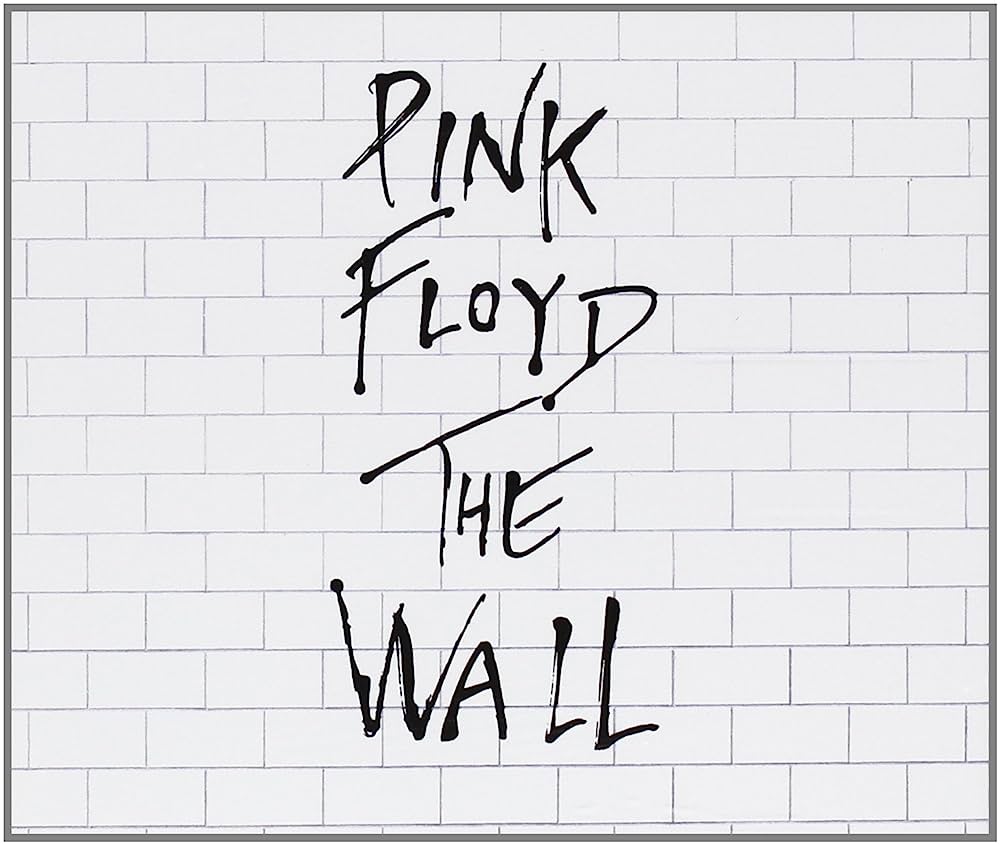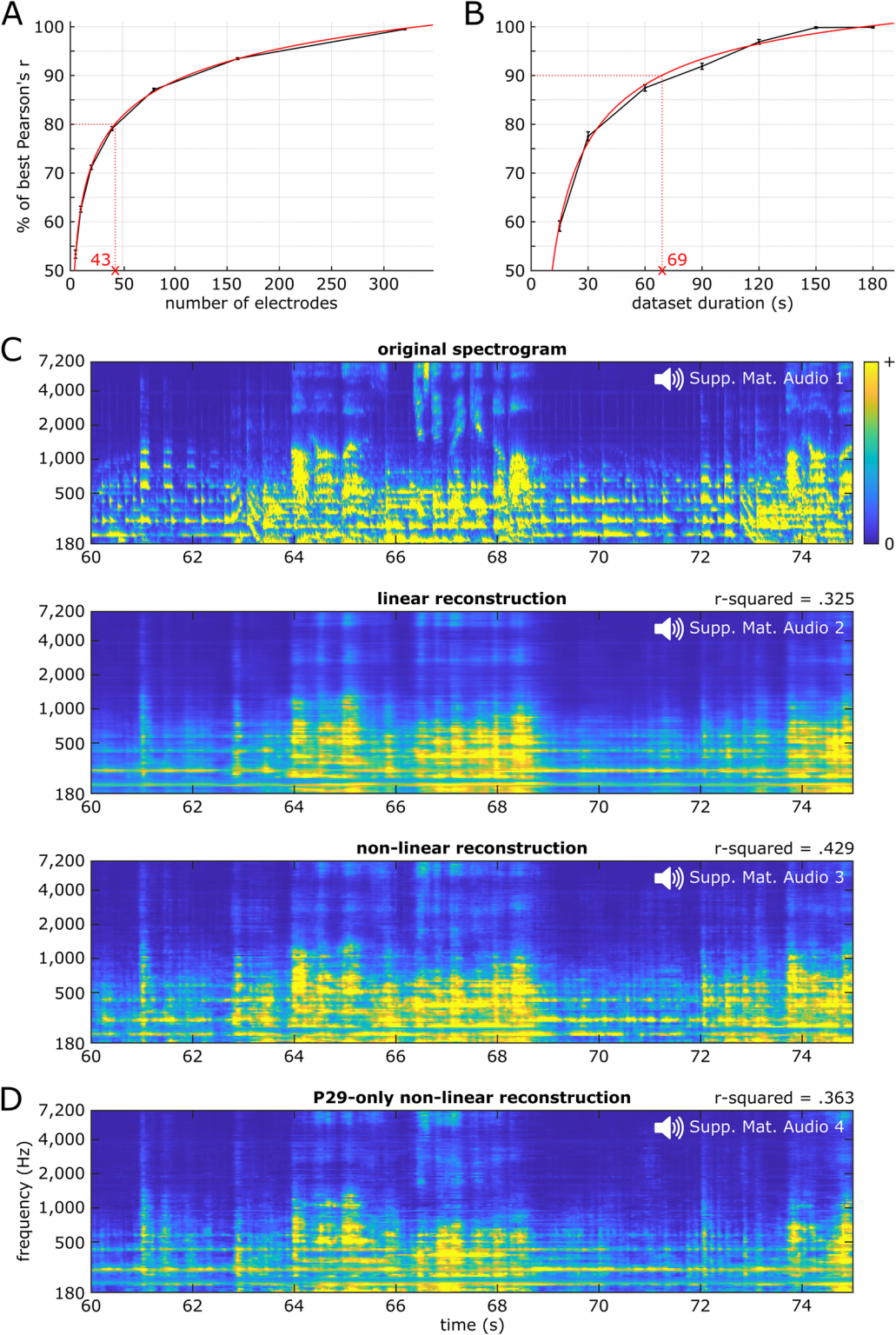Scientists Recreate Pink Floyd’s Another Brick in the Wall Using Brain Waves
 Thirsty for JUICE content? Quench your cravings on our Instagram, TikTok and WhatsApp
Thirsty for JUICE content? Quench your cravings on our Instagram, TikTok and WhatsApp
Those who enjoy the works of legendary British psychedelic artists Pink Floyd would often describe listening to their work as being transcendental. A brand new breakthrough in neuroscience may have proven how transcendental Pink Floyd truly is.
A new research article titled ‘Music can be reconstructed from human auditory cortex activity using nonlinear decoding models’ by Bellier et al. has used a popular Pink Floyd to prove its hypothesis.
The researchers of the University of California, Berkeley achieved this by analysing what is known as intracranial electroencephalography (iEEG) of 29 patients who listened to Pink Floyd’s ‘Another Brick in the Wall, Part 1’.
Based on these neural recordings, the song was reconstructed from the patients using artificial intelligence. The main point of this study was to prove that our thoughts can be converted to more tangible and specific acoustic signals.

What this means is that not only does this research pinpoint how our brains process and store music in our brains, but it may prove the feasibility of using brain waves to reproduce more varied and accurate representations of sounds.
One application that could potentially be used with this sort of technology is a more humanlike speech recreation system and a better natural language processing system.
The easiest example is Stephen Hawking’s iconic robotic voice, which could be improved to sound more natural and less synthetic.
There’s also a possibility of decoding sounds from a person’s brain waves alone, so imagine if you will, harnessing a whole new song from Roger Waters’ brain (hypothetically) and creating that dream Pink Floyd reunion you’ve always wanted.
While a proper explanation of this research is way out of our pay grade and purview, those who are interested in this research can read the full thing here.


 Get Audio+
Get Audio+ Hot FM
Hot FM Kool 101
Kool 101 Eight FM
Eight FM Fly FM
Fly FM Molek FM
Molek FM